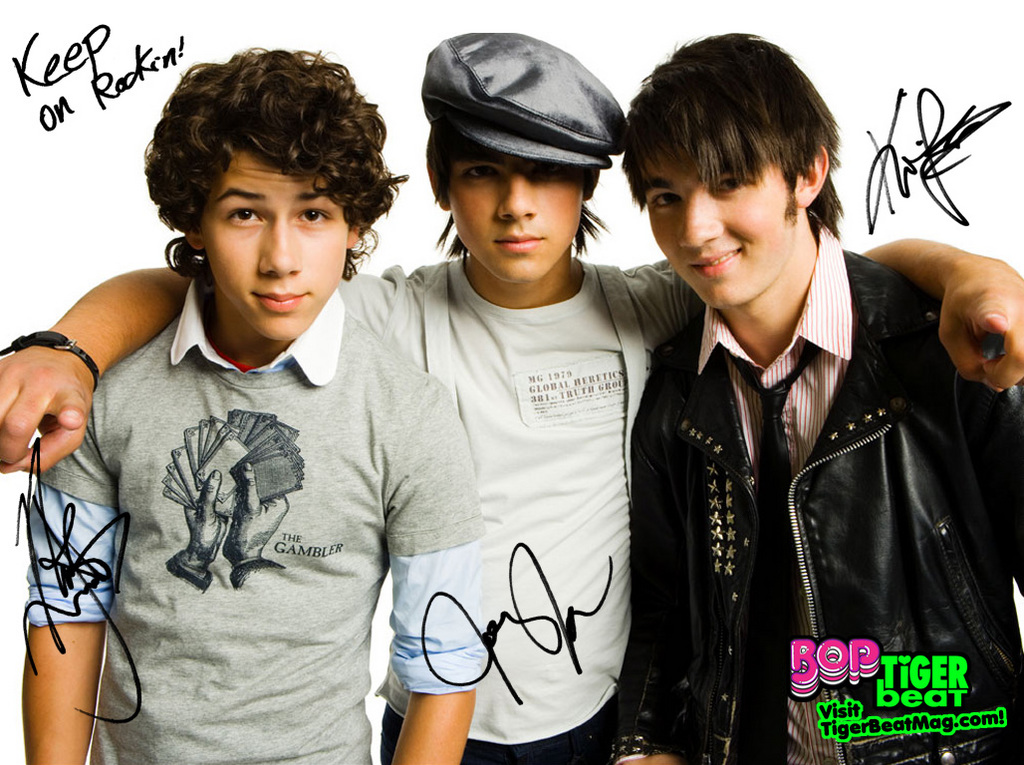When Not to Watch Movies, Part 1
Posted on March 21, 2009 at 10:00 am
I was recently reminded of an incident I wrote about three years ago for the Chicago Tribune and it inspired me to re-post the essay:
My husband, daughter and I had just settled in for lunch at one of our favorite local restaurants when another family was escorted to the next table. The mother helped the little girl, who looked to be about 4 years old, off with her coat and lifted her into the booster seat.
Then, before removing her own coat, the mother placed a personal DVD player on the table in front of her daughter and hit the “play” button. Disney’s “Cinderella” started up, and the little girl began to watch. Without headphones.
Even after we moved to a table on the other side of the restaurant, we could hear the strains of “Bibbidi-Bobbidi-Boo” as we ate our tandoori chicken and talked about how many things were wrong with that picture.
Here’s what we concluded:
First, the little girl’s parents were teaching her to completely disregard the feelings, the rights and the preferences of anyone else.
The DVD made it harder for us to hear one another and the waiter and impossible to enjoy the quiet music that is normally a part of the restaurant’s pleasant atmosphere.
Instead of teaching their daughter good manners and consideration for others, these parents demonstrated through their own thoughtlessness that they did not believe it was necessary to devote time or energy to thinking about how their actions might affect others.
Second, her parents showed the child she had nothing of interest to tell them and they had nothing they felt was worth discussing with her.
Family meals and car rides are the best time to share the stories of our days, to coordinate upcoming plans, to discuss the news in our communities and to make clear our values and priorities. This family communicated to its youngest member that she was neither valued nor a priority.
Third, the parents failed to take advantage of the opportunity to teach their daughter an indispensable life skill — the ability to participate in a thoughtful and courteous conversation. If her parents keep it up, this girl will become a young woman who has nothing to say to anyone and no way to respond to comments and question at school, with friends, on dates, at job interviews.
Children need to learn the structure of a conversation, namely how to listen, when to nod, how to look the person who is speaking in the eye and how to know whether the other person understands and is interested in what you are saying. The art of conversation also involves knowing how to include everyone in the discussion, how to select the appropriate details to evoke a scene or convey an opinion, and how to disagree without being disagreeable.
Like music, these skills come naturally to some people and are harder for others, but everyone can benefit from practice and example.
Fourth, the girl’s parents lost the opportunity to show their daughter how to pay attention to what is going on around her. The more we allow children to numb their brains and cut themselves off from their environment, the less we are able to encourage their powers of observation and inspire their imaginations.
By using “Cinderella” as a distraction instead of a fully engaging experience, the parents turned it into what Fred Allen called television, “chewing gum for the mind.” The children who will grow up to create the next generation’s “Cinderella” are the ones who are looking at the world around them and exercising their imaginations.
Parents should stretch their children’s attention spans, a challenge in this media-saturated world. One way to do that is to set an example by turning off television, iPods, BlackBerrys, cell phones and PDAs when the family is together.
When our children were growing up, we had a “no headphones” rule on car trips. I preferred having my children argue about which radio station to listen to (that disagreeing without being disagreeable skill takes a while to get right) than having each of them off in separate zones of solitude.
Children need to learn to be engaged observers. Parents should both set an example and explicitly teach their families to be junior Sherlock Holmeses, seeing what they can deduce from what they see, and junior Scheherazades, telling stories to develop their senses of narrative, drama and humor. Is that couple at the next table on a first date or do they know each other well? What language are those people speaking? What can you tell about a person’s profession, hobbies, education, political views and favorite sports team? How do you know?
As we looked across the room at this family — the girl watching the movie, the father talking on his cell phone, the mother looking down at her plate — we wished there was a “Bibbidi-Bobbidi-Boo” spell to turn their devices into pumpkins and get them to talk to each other.
NOTE: I got a few emails when this essay first ran asking me if it was possible that the child had some learning issues and was not “neuro-typical.” As someone who worked in a school for disabled children and has disabled family members I am always sensitive to this issue as well. I did observe her in brief conversation with her parents and it seemed clear that this was not the reason for the DVD.





